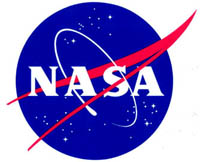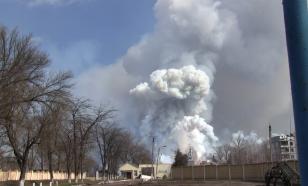NASA plans space inspection
Griffin chose to go ahead with the mission over concerns from the space agency's safety officer and chief engineer about foam problems that have dogged the agency since Columbia was doomed by a flyaway chunk of insulation 3 Ѕ years ago.

The shuttle's astronauts planned to give the spacecraft a more thorough physical examination from space Wednesday, the second day of their 12-day mission. They were to take images of the shuttle's wings and nose cap with a camera and laser attached to a 50-foot (15-meter) boom, which itself would be affixed to the shuttle's 50-foot (15-meter) robotic arm.
The Day 2 inspections were implemented after the Columbia disaster, in which foam from the shuttle's external tank struck the orbiter's wing, allowing fiery gases to enter the spacecraft during descent in 2003. All seven astronauts were killed.
Last year's Discovery crew was the first to try out the new inspection techniques, which can detect damage as small as an eighth of an inch (a third of a centimeter). The current crew will only be the second to conduct such inspections.
In its flight last July, Discovery experienced dangerous foam loss, though the chunk was smaller than one that slammed into Columbia's left wing, and it missed Discovery altogether.
About three minutes later, as many as five pieces of debris were seen flying off the tank, and another piece of foam popped off a bit later, Mission Control told the crew. The latter piece struck the belly of Discovery, but NASA assured the seven astronauts it was no concern because of the timing, the AP reports.
Hale said Discovery was so high when the pieces came off that there was not enough air to accelerate the foam into the shuttle and cause damage.
All but one of the foam pieces were small, and all came off well after the two-minute, 15-second point where they can still cause damage, Hale said. NASA had expected minor foam loss.
Subscribe to Pravda.Ru Telegram channel, Facebook, RSS!


